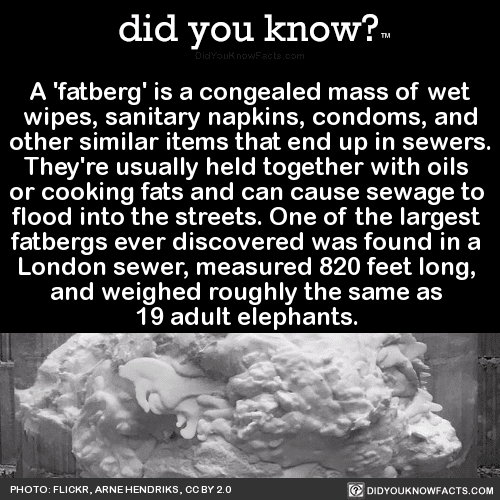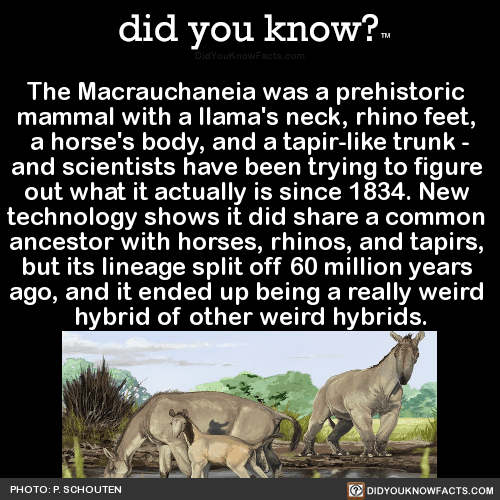Prepare to be deeply confused and a little scared about where cashews come from. The truth is so weird that people on Twitter can’t stop talking about it.
First of all, these delicious nuts grow on trees. That in itself is not so surprising, as many types of nuts grow on trees—but it’s not the weirdest part by far.
Nope, that would be the fact that they grow from these things.
i was today years old when i learned that this is how cashews grow. pic.twitter.com/nPufY9M4Bl
— Colleen Ballinger
(@ColleenB123) September 12, 2019
Excuse me, is that a nut or a monster?! I don’t know anymore.
That apple-looking thing is apparently called a “cashew apple,” which grows from the branches of the cashew tree. The shell below the apple contains the actual cashew.
hello i need everyone to look at how cashews grow. ON AN APPLE. no wonder they are so damn expensive. pic.twitter.com/IALr0FaGwT
— kaitlyn (@tater101125) September 11, 2019
To get to the nut, you have to pick the entire thing, cashew apple included, from the branch. Then you pull off the shelled nut, dry it, steam it, freeze it, and boil it to remove the shell. The shell is filled with caustic acid, so this is no joke—in fact, the extracting the nut is so grueling and dangerous that picking cashews is sometimes used as penal work in south- and southeast Asia where they grow.
Cashews are delicious and healthy, but are they really worth all this effort? Whose idea was this, anyway?
People on Twitter are understandably freaking out about the news.
“Who knew cashews look like angry, old men yelling at you to get off their lawn as they grow?” one user wrote.
Wow! Who knew cashews look like angry, old men yelling at you to get off their lawn as they grow? They taste so much better than they look! https://t.co/EOMBqd7HAS
— Bumble
(@Bumble6671) September 12, 2019
Others pointed out that the middle cashew in this photo looks like it has a face.
I thought the one in the middle had a face for a second and I panicked wow
pic.twitter.com/OcyTd2vMF2
— Have no fear, spooky season is here
(@ZackarysMama118) September 12, 2019
FYI, you can eat cashew apples, too. The flesh is quite bitter, though, so it’s best to process it for jam or juice.
Now, excuse me while I go have nightmares about cashews for the rest of my life.
The post People Are Surprised About Where Cashews Really Come from appeared first on UberFacts.
















 Tag a friend and follow @natureeslife for more
Tag a friend and follow @natureeslife for more  Credit:@paultje_nl • • • • • • #wildlifeonearth #wildlifeowners #wildlifephotography #wildlifeaddicts #wildlifeindia #seewildlife #destination_wild #ourwildlifedays #wildglobe #natgeowild #tigers #animalelite #giraffe #wildgeography #thedodo #naturelife #wondermore #folkcreative #animals #fantasticearth #earthscope #stayandwonder #discoverearth #roamtheplanet #moodygrams #giraffes #exploretocreate #artofvisuals #visualambassadors #fantasticearth
Credit:@paultje_nl • • • • • • #wildlifeonearth #wildlifeowners #wildlifephotography #wildlifeaddicts #wildlifeindia #seewildlife #destination_wild #ourwildlifedays #wildglobe #natgeowild #tigers #animalelite #giraffe #wildgeography #thedodo #naturelife #wondermore #folkcreative #animals #fantasticearth #earthscope #stayandwonder #discoverearth #roamtheplanet #moodygrams #giraffes #exploretocreate #artofvisuals #visualambassadors #fantasticearth . . . #animalovers #animalphotography #animallovers #animalportraits #zoo #zoopraha #praha #prague #praguezoo #naturelover #naturephotography #cute #cuteanimals #summer #summer2019 #canon #canon1200d #50mm #bokeh #praguecity #praguestagram #czechrepublic #czechtourism #czechia #visitcz #czech #giraffe #giraffes #zirafa #travelphotography
. . . #animalovers #animalphotography #animallovers #animalportraits #zoo #zoopraha #praha #prague #praguezoo #naturelover #naturephotography #cute #cuteanimals #summer #summer2019 #canon #canon1200d #50mm #bokeh #praguecity #praguestagram #czechrepublic #czechtourism #czechia #visitcz #czech #giraffe #giraffes #zirafa #travelphotography
 (@_benji53)
(@_benji53) 

 Jan Zwilling, Ami Vitale, Cesare Galli @kenyawildlifeservice @tourism_wildlifeke @leibnizizw @biorescue_project @bmbf.bund @leibnizgemeinschaft @safariparkdvurkralove #OlPejeta #NorthernWhiteRhino #OvumPickUp #NorthernWhiteRhinoRecovery #NajinandFatu
Jan Zwilling, Ami Vitale, Cesare Galli @kenyawildlifeservice @tourism_wildlifeke @leibnizizw @biorescue_project @bmbf.bund @leibnizgemeinschaft @safariparkdvurkralove #OlPejeta #NorthernWhiteRhino #OvumPickUp #NorthernWhiteRhinoRecovery #NajinandFatu
 @kryptonitesandy
@kryptonitesandy #lochness #lochnessmonster #visitscotland #scenery #scotland #highlands #inverness #scotlandhighlands #outlander #nessie #travelscotland #nature #loch #landscapephotography #duck #beautiful #ifoundnessie
#lochness #lochnessmonster #visitscotland #scenery #scotland #highlands #inverness #scotlandhighlands #outlander #nessie #travelscotland #nature #loch #landscapephotography #duck #beautiful #ifoundnessie